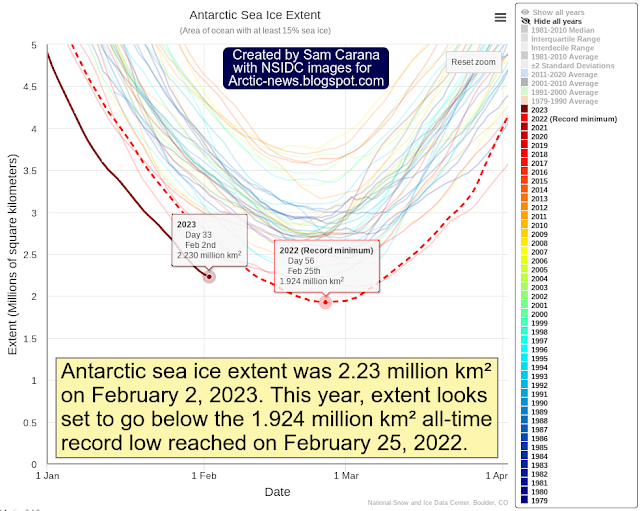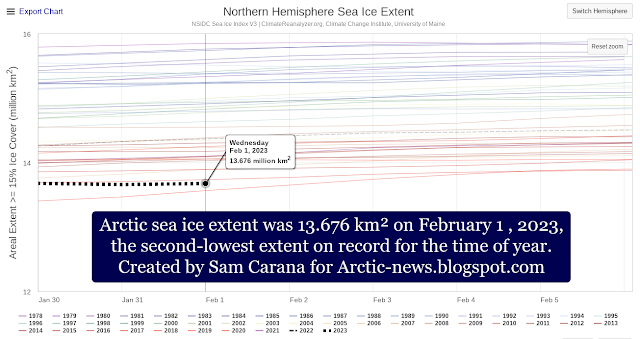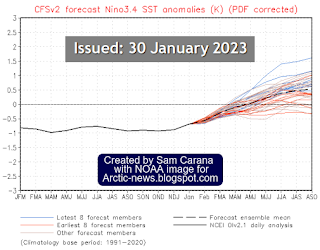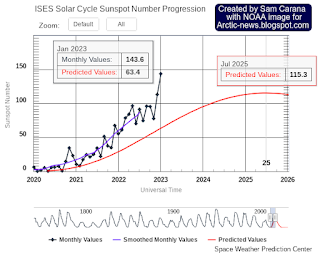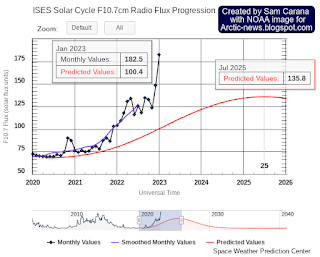Have We Broken the Jet Stream? Climate Change Fuels Chaos
Have We Broken the Jet Stream? Climate Change Fuels Chaos
Human-induced climate change has seriously disturbed the North Atlantic jet stream, a fast-moving ribbon of air high in the atmosphere, according to Madeleine Cuff’s recent research in New Scientist. This disturbance is increasingly being connected to extreme weather occurrences, such as the devastating floods that swept throughout Spain in November 2024.
What is the Jet Stream?
The jet stream is a powerful air current that influences weather patterns across the Northern Hemisphere. It is driven by temperature differences between the Arctic and the tropics. However, as the Arctic warms at a rate nearly four times faster than the global average, the temperature gradient weakens, causing the jet stream to slow down and meander. This alteration can lock weather systems in place, leading to prolonged extreme events such as heatwaves, droughts, and floods.
The Spanish Floods of November 2024
The record rainfall in Spain, which caused catastrophic floods and evacuated hundreds, is a clear example of the jet stream’s destabilisation. The slow-moving weather system that caused the rainfall was linked to a weaker and meandering jet stream, which kept the storm over the region for days.
The Spanish government declared a state of emergency as rivers overflowed and important infrastructure was damaged. The Spanish Meteorological Agency (AEMET) stated that the incident was “consistent with predictions of increased extreme weather due to climate change.”
Broader Implications
The impacts of a disrupted jet stream are not confined to Europe. North America, Asia, and other regions are also experiencing unusual and severe weather patterns. For instance:
- Heatwaves: The Pacific Northwest saw record-breaking temperatures in the summer of 2024, attributed to a persistent high-pressure system linked to a meandering jet stream.
- Droughts: Parts of the Horn of Africa are enduring prolonged dry spells, exacerbating food insecurity.
- Winter Storms: The United States experienced intensified snowstorms in early 2025, also tied to jet stream anomalies.
What Can Be Done?
The destabilisation of the jet stream emphasises the importance of solving climate change. Limiting global warming to 1.5°C over pre-industrial levels, as stipulated in the Paris Agreement, is critical for preventing further disruptions. Experts advocate for the following measures:
- Reducing Emissions: Rapid decarbonization of the global economy is essential to curbing Arctic warming.
- Building Resilience: Investing in climate-resilient infrastructure can help communities adapt to extreme weather events.
- Improving Forecasting: Enhanced understanding and monitoring of the jet stream can improve weather prediction and disaster preparedness.
Conclusion
The breaking of the jet stream is a powerful reminder of the interconnectedness of the planet’s systems and the profound consequences of human activity. As scientists continue to study these changes, it is clear that urgent action is needed to prevent further climate instability.
Sources
- Madeleine Cuff, New Scientist: newscientist.com
- Spanish Meteorological Agency (AEMET): aemet.es
- National Oceanic and Atmospheric Administration (NOAA): noaa.gov
- Intergovernmental Panel on Climate Change (IPCC): ipcc.ch

